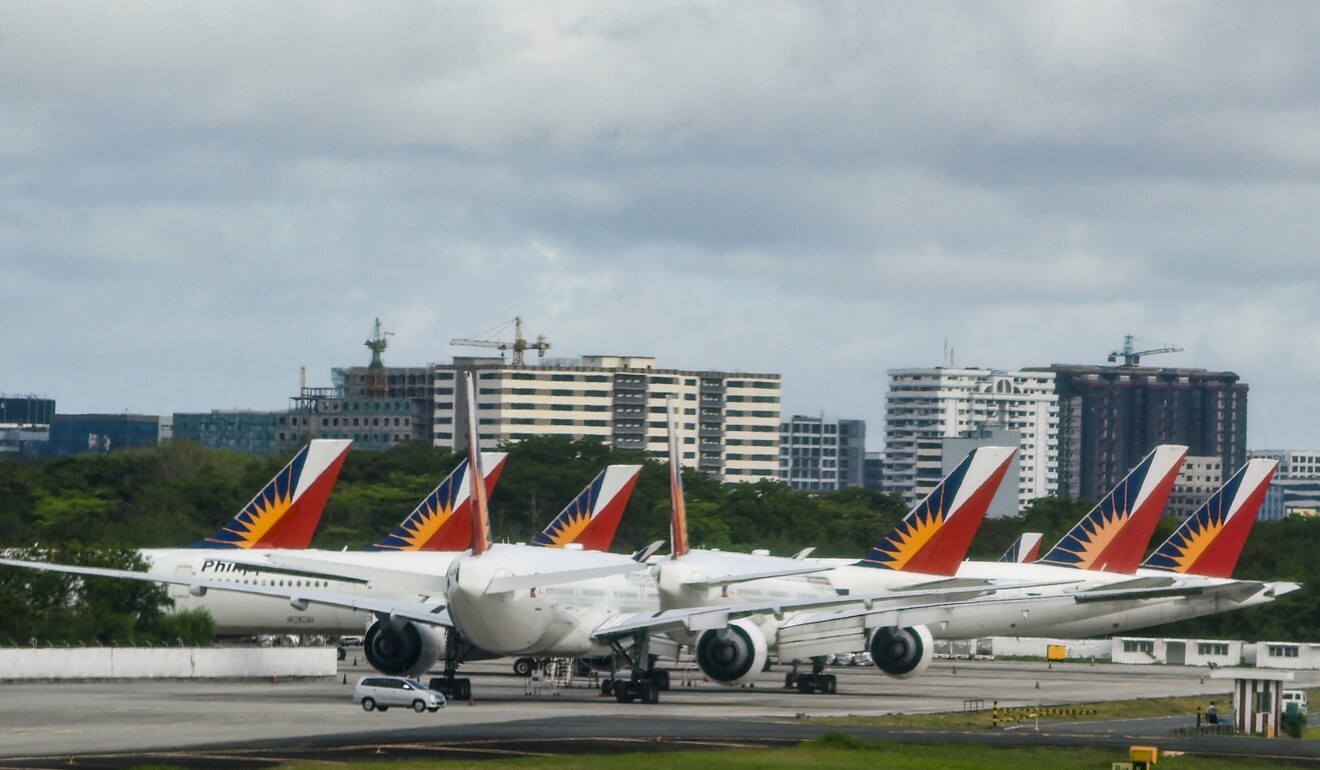
Struggling to restructure Asia-Pacific deals, Airbus warns region’s airlines at risk of falling behind Europe, US
- ‘Question marks’ on timing of purchases, delivery dates linger as regional carriers struggle with ongoing travel restrictions, chief commercial officer says
- AirAsia, Philippine Airlines among those navigating restructurings forced by the devastation Covid-19 has wrought on international travel
Airbus has raised the alarm over the standstill in Asian air travel that continues to hobble pandemic-battered airlines, with the European planemaker saying it is struggling to restructure deals for a large number of aircraft ordered by the region’s carriers.
The aircraft giant’s top salesman warned in an interview that ongoing delays to the reopening of international travel could leave Asia at the back of the queue for new aircraft as Europe and the United States forge ahead in reviving economic growth and activity.
Asia’s lagging air travel recovery has been a source of concern and frustration, Airbus chief commercial officer Christian Scherer said.
“It’s a concern, because we have plane contracts that are shifting … as a consequence of the airlines being in ‘limbo’,” he told the Post on the sidelines of a global aviation summit in Boston last week.

“Let’s call it ‘unresolved’, or ‘question marks’ on the timing of our purchase agreements and deliveries; the proportion in Asia is significantly higher than anywhere else,” he said.
AirAsia, Airbus’ largest customer in the region, agreed to a deal with the manufacturer last month to restructure a massive order for around 400 single-aisle aircraft, Reuters reported at the time, to be achieved via a combination of price cuts and rescheduled deliveries.
On Wednesday, AirAsia said it had struck a deal to convert 13 undelivered A320neo single-aisle jets to the larger A321neo aircraft, leaving 362 of the bigger narrowbody type to be delivered through 2035.
The Airbus sales chief said as long as airlines were unable to fly, and borders remained sealed, weakened Asian carriers were in no position to revive multibillion-dollar aircraft orders.
Asian carriers could face problems if they remained undecided, Scherer said, as delivery slots for new planes would be taken up by other airlines in areas which were reopening for international travel.
Airbus said it had so far avoided an increase in cancellations of aircraft orders compared with previous years, despite the financial pressures on airlines.

He echoed the anxiety of Asian airlines who fear falling behind the global commercial aviation community.
Airlines in the Asia-Pacific region are operating with the strictest travel restrictions in the world, according to the International Air Transport Association (IATA), measures not expected to improve until later into 2022.
The performance of Asia’s airlines are marked by a tale of two halves, with international travel remaining at rock bottom.
Domestic travel, however, continues to be robust in mainland China, which has imposed strict border controls on the rest of the world, denying entry to visitors. Air travel inside the country is now virtually back to pre-Covid levels.
Overall, IATA said last week airlines globally would nurse combined losses of US$201 billion between 2020 and 2022 due to the pandemic, but the worst of the damage was behind the industry.

In the global aviation lobby group’s updated economic assessment, it said airlines in the Asia-Pacific region were expected to lose US$11.2 billion this year and US$2.4 billion in 2022, a marked improvement from the more than US$45 billion in losses racked up 2020, the most for any region of the world.
Scherer bemoaned the zero-Covid policies – operating in various forms across the Asia-Pacific – that had stunted international travel.
“What we have seen around the world is a very strong correlation between vaccinations, reopening of travel restrictions of borders, and a manageable rebound of economic activity and mobility, without dramatic sanitary effects, so it seems to be feasible in other ways than just zero-Covid policy,” he said.
Singapore, meanwhile, is forging ahead with reopening, seeking to expand vaccinated travel lane schemes with several countries in Europe and the United States. Scherer was optimistic that such a move was a sign borders in Asia might begin to reopen and the region could recover sooner or later.
While Singapore has seen a rising number of Covid-19 cases alongside its shift to a strategy of living with the virus, few have resulted in hospitalisations or death.
Australia is also reopening parts of the country earlier than anticipated, while New Zealand recently said it would pivot away from its zero-Covid strategy by reopening international travel to the fully vaccinated.

